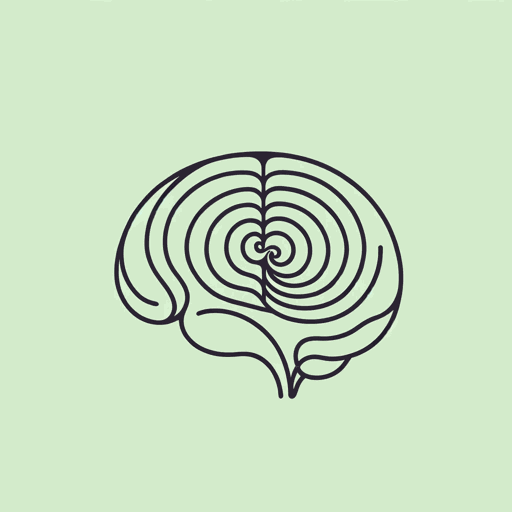63 pages • 2 hours read
Michael PollanHow to Change Your Mind: What the New Science of Psychedelics Teaches Us About Consciousness, Dying, Addiction, Depression, and Transcendence (2018)
Nonfiction | Book | Adult | Published in 2018A modern alternative to SparkNotes and CliffsNotes, SuperSummary offers high-quality Study Guides with detailed chapter summaries and analysis of major themes, characters, and more.
Chapter 5-EpilogueChapter Summaries & Analyses
Chapter 5 Summary: “The Neuroscience: Your Brain on Psychedelics”
In Chapter 5 Pollan focuses on what we know about the science behind the functionality of psychedelics, something the field is still parsing out. This book focuses on three different molecules: psilocin, LSD, and 5-MEO-DMT. These molecules have many similarities. They fall into the class of molecules called tryptamines, organic compounds that have a six-atom ring and a five-atom ring linked together (291). Serotonin is also a tryptamine, and one of the more famous neurotransmitters. While it’s well known, science still doesn’t completely understand some of its binding properties and functions. Also, psychedelics use the same receptor as serotonin, called 5-HT2A (292). You can find these receptors on the cortex of the brain, which is the outer layer. Psychedelic molecules have a close enough structure to serotonin that they can interact with its receptor. In fact, LSD has an even greater ability to bind to the receptor than serotonin, leading scientists to believe that there might be another molecule, made by the body, that interacts just as tightly (292).
Serotonin and psychedelics also shared a path in science discovery; LSD lead to the development of SSRI antidepressants in the 1950s (which act on 5-HT2A) (293).
Related Titles
By Michael Pollan





